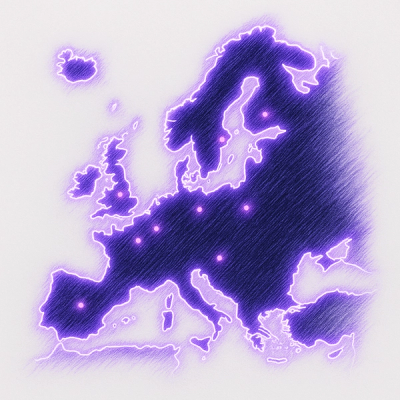
Product
Announcing Experimental Malware Scanning for the Hugging Face Ecosystem
Socket is launching experimental protection for the Hugging Face ecosystem, scanning for malware and malicious payload injections inside model files to prevent silent AI supply chain attacks.


